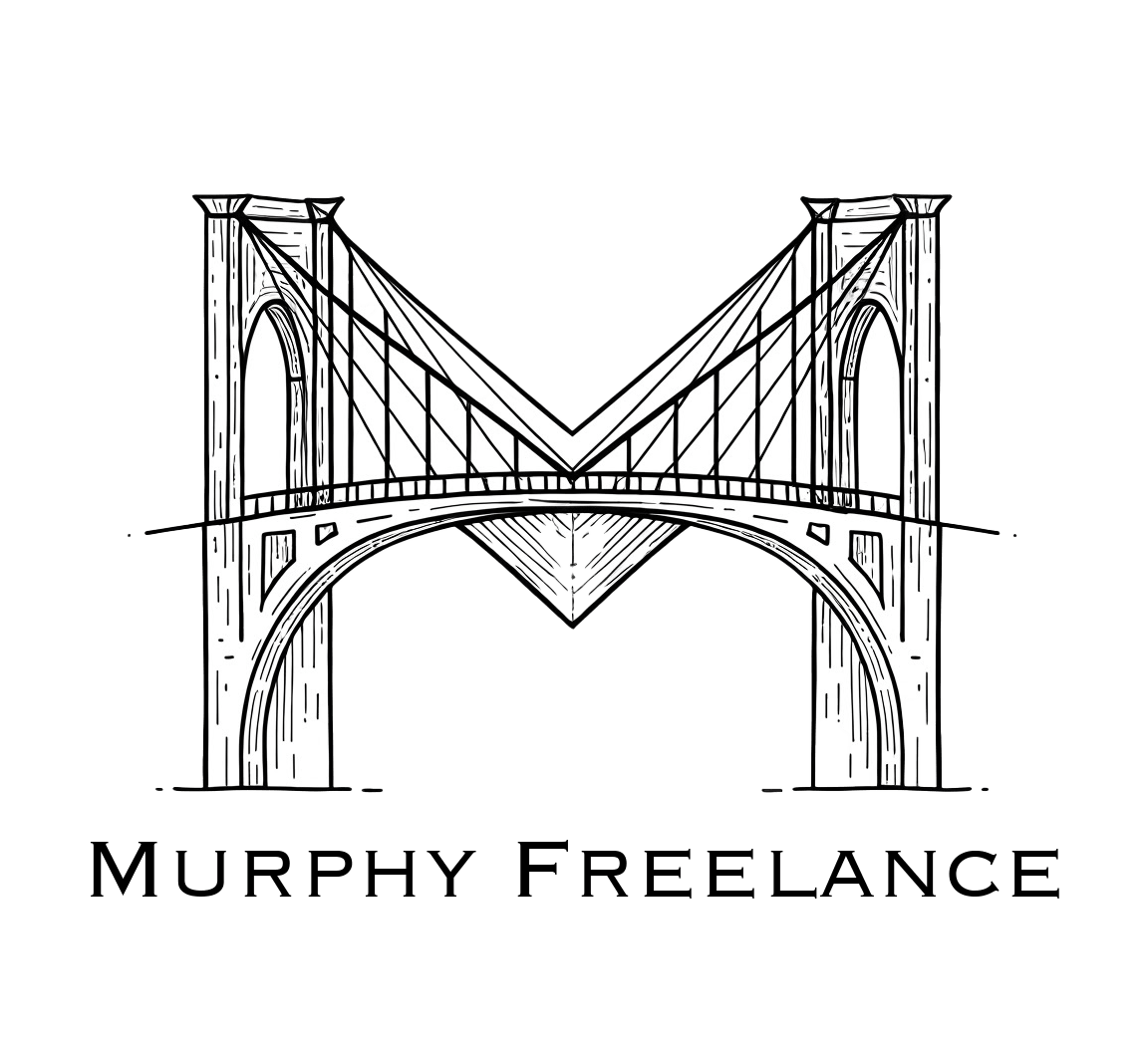How I Engineer Stories That Command Attention
How I Engineer Stories That Command Attention
Boring copy fails.
You read the first few lines of an article, scan quickly looking for value, and decide right away if you are going to read on. You give the content a very short window to capture your attention.
The key insight? Your audience, potential customers, and clients do this too.
So how do we capture their attention and get them to read on?
This article promises to introduce you to a proven framework I use for everything from sales content to creative writing and thought leadership articles. Read on to learn the secrets of the ABDCE Framework for Storytelling.
Learn a Simple and Strategic Framework for Business Storytelling
The ABDCE Framework
Action
Background
Development
Climax
Ending
Action, Background, Development, Climax, Ending: these five elements form the structure of effective storytelling, providing a framework for narratives that capture attention and drive engagement.
Whether you're developing thought leadership content, case studies, social content, or sales materials, this framework ensures your business communications engage with maximum impact.
Action
This is the beginning, and the place we need to hook the audience. This is where engagement decisions happen. For this to occur we must create irresistible entry points that demand attention.
Your opening must create immediate cognitive engagement.
People have increasingly busy lives and shorter attention spans.
The first sentence can determine whether your audience continues reading or moves on. (If you haven't read my article on the 7 second rule, check it out here).
Consider the difference between these two openings for a cybersecurity article:
Standard opening: "Cloud security protocols have evolved significantly over the past decade."
Action opening: "Your most sensitive data is likely exposed to three vulnerabilities that didn't exist six months ago."
Did you feel the difference?
The Action Opening immediately creates stakes and urgency, activating the reader's threat-detection system. This neurological activation is critical for retention and engagement.
Background
This is where we have the chance to bring in context and create an architecture to base our story upon.
The most effective technical communicators don't dump context all at once. They deliver precisely what the reader needs at each stage of the narrative journey, creating a series of "aha moments" that deepen investment.
Layer information strategically to build comprehension.
Once you've captured attention, provide the essential context that frames your narrative. Think of background as a strategic release of information that rewards continued engagement while building credibility.
For technical content, each background element should answer a specific question raised by your opening action, creating an information path that leads naturally to your core message.
Development
This is where we engineer escalation and build complexity through structured progression.
Development transforms initial interest into sustained engagement.
Carefully sequenced information builds upon itself, upping the stakes and increasing the audience investment in the story. Questions are answered and new insights arise.
The application of development applies to all of the preceding sections.
Each section should:
1. Expand the possibilities established in previous sections
2. Introduce manageable complexity that deepens understanding
3. Raise the stakes by clarifying impact and implications
Let's consider how an effective case study unfolds: It begins with a specific problem (action), establishes context (background), then methodically shows how complications emerged and solutions evolved (development).
This escalating structure maintains engagement by creating information momentum that carries readers forward through even the most technical content.
Climax
This is where all the pieces of the puzzle come into perspective and fit together, the culmination of aha moments and solutions. In solution based sales, this is where the transformation comes into play, presenting a result that is attainable through the product or service offered.
The climax presents convergence points that deliver key insights.
Every effective narrative builds to moments where disparate threads converge into clarity.
These resolution points come in various forms:
The Revelation Pattern: When data analysis reveals unexpected insights
The Solution Framework: When methodologies address established challenges
The Transformation Sequence: When processes create measurable improvement
The Implication Structure: When conclusions open new strategic possibilities
The most effective technical content builds deliberately toward these moments of clarity, ensuring readers experience the satisfaction of resolution while absorbing your core message.
Ending
The ending is where we complete the cognitive journey while opening future pathways, and where we place the main offer when selling a product or service.
Your closing isn't merely a summary—it's a strategic conclusion that solidifies retention while directing future action.
Effective endings in business content should:
1. Reinforce the primary insight or solution
2. Document the transformation or progress achieved
3. Establish clear next steps or implementation paths (the offer)
For thought leadership content, the strongest conclusions feel both complete and generative—they resolve the immediate narrative while creating new possibilities for application.
Implementation Framework
The ABDCE structure isn't just creative writing—it's a powerful tool for organizing complex technical information. By structuring your business content according to these principles, you transform information into compelling narratives that drive understanding, retention, and action.
Whether you're crafting technical documentation, case studies, or thought leadership, this framework ensures your expertise doesn't just inform—it resonates.
If you need help transforming your technical expertise into narratives, my ghostwriting services will help you craft content that captures attention and drives results.
How do you approach story architecture? Share your experiences with narrative engineering in the comments below. If you’re developing your own story, I’m curious to hear how these principles might integrate with your process.
READ MORE POSTS BY THIS AUTHOR
Jane Doe
Deb Murphy
Deb loves storytelling and is currently breaking into the world of speculative and science fiction writing.
© 2025 Deb Murphy | Image Credit: Image Prompts Written by Deb Murphy, Image Generation by Gemini, ChatGPT, Grok | Site Created With systeme.io

